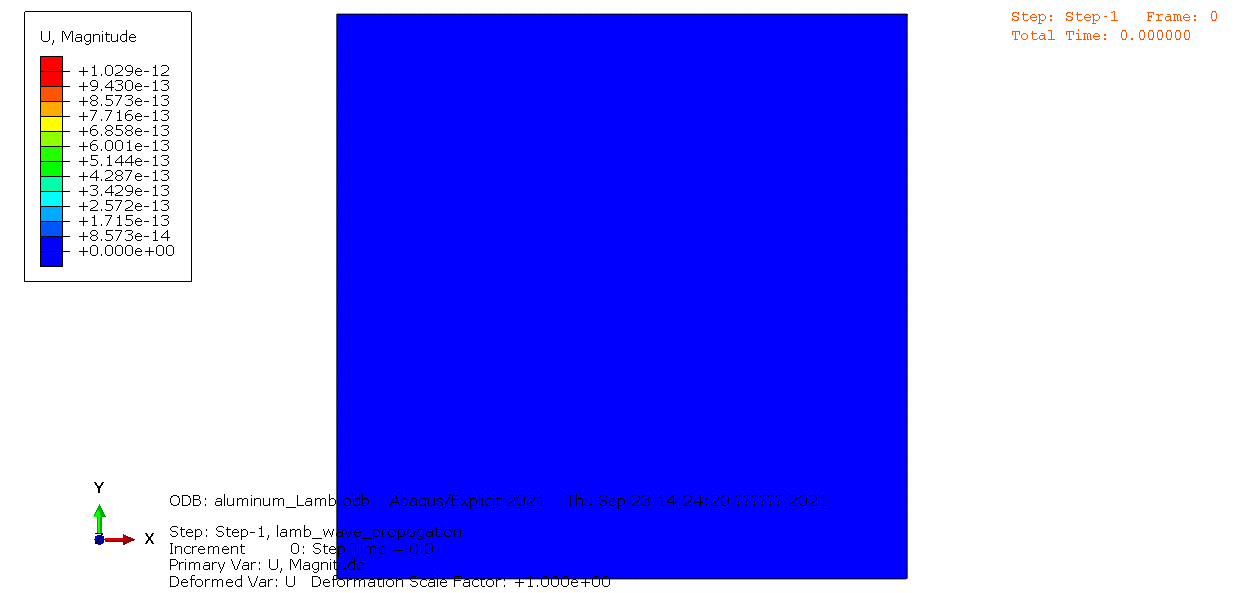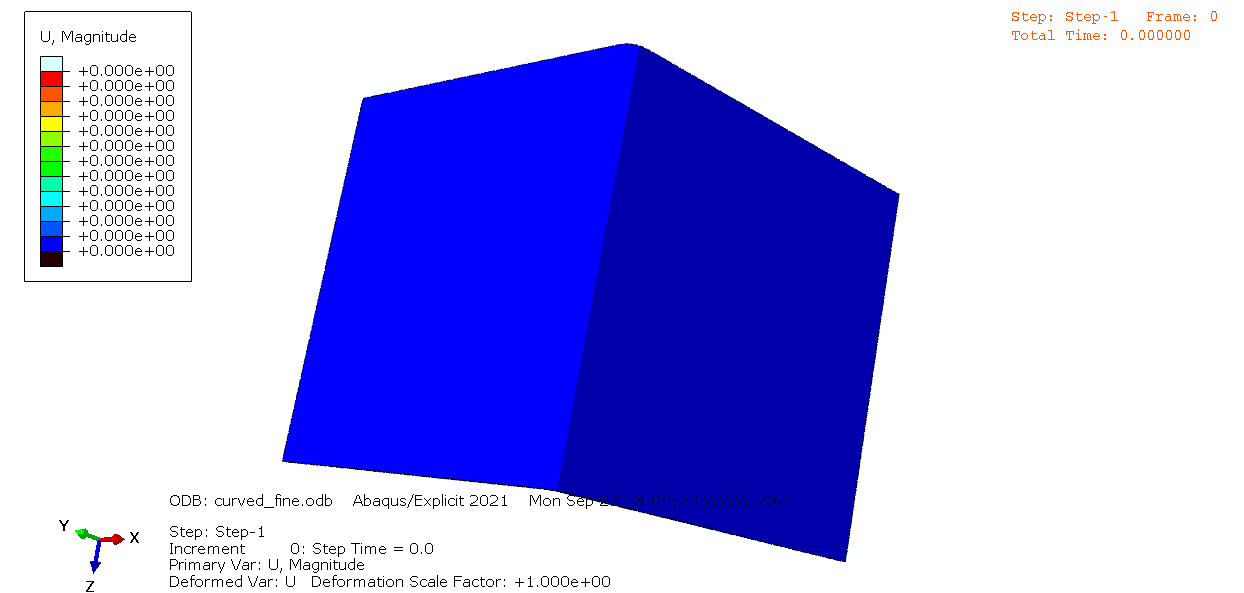The XCT and NDT projects were cooperated with the Assistant Professor Jing Rao (UNSW). Some achieved details can be checked out in the introduction of the project respectively.
XCT
The target of this project was to denoise the XCT pictures. An existing reinforcement learning model BSRGAN was used to eliminate the noise in pictures. Then the threshold method was implemented by OpenCV to segment the damage regions in specimens. With this process, the damage area of specimens can be detected from the XCT data.
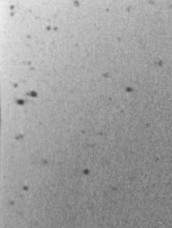

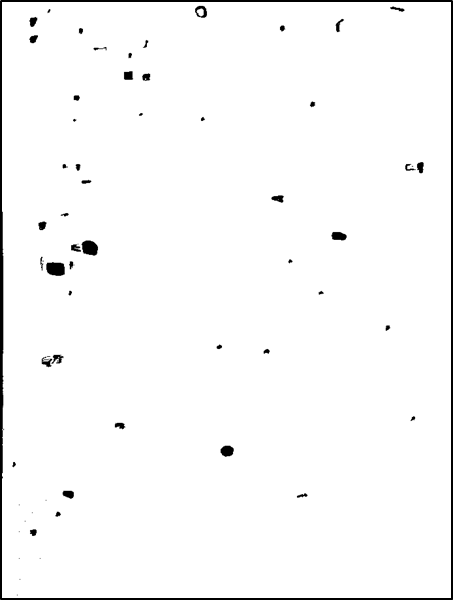
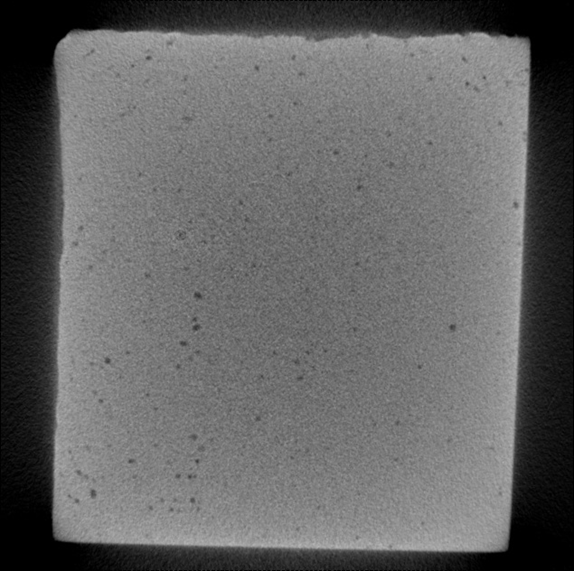
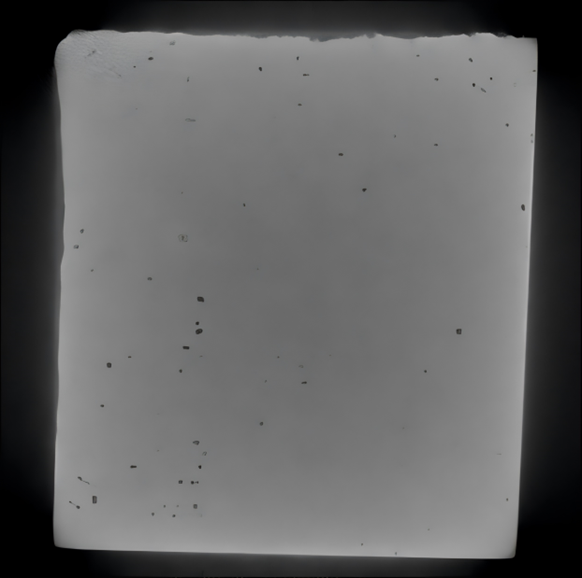
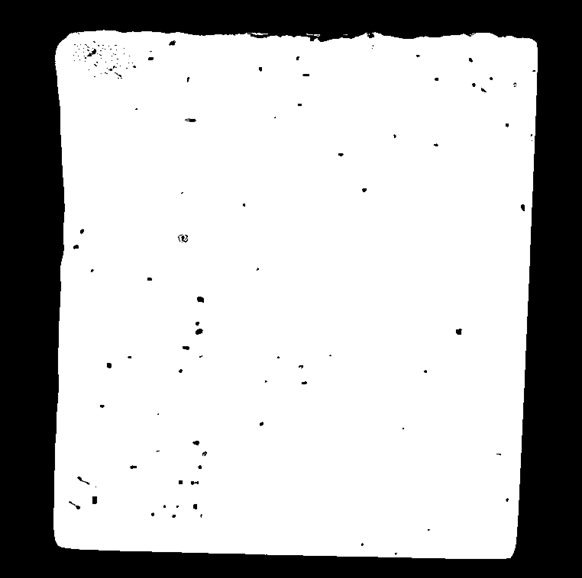
Unet
In this project, a data library of labels in pictures was made using the labelme tool. The deep learning model Unet was trained with the existing data library. The model was tested by pictures including cracks.
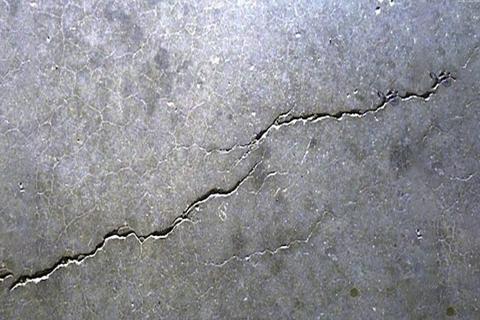
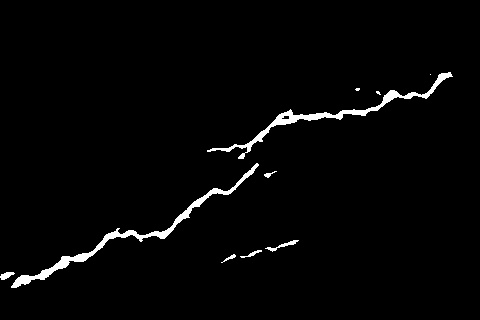
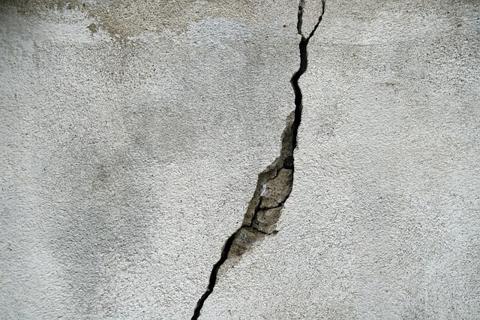
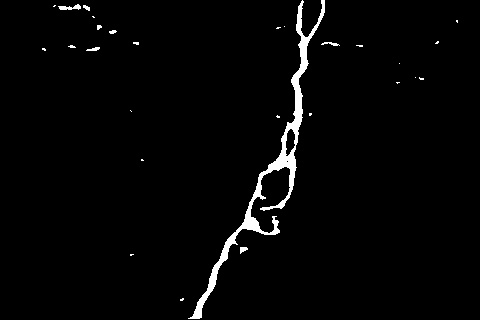


NDT
For this topic, some numerical simulations about guided wave propagating on composite plates are shown in the following.
